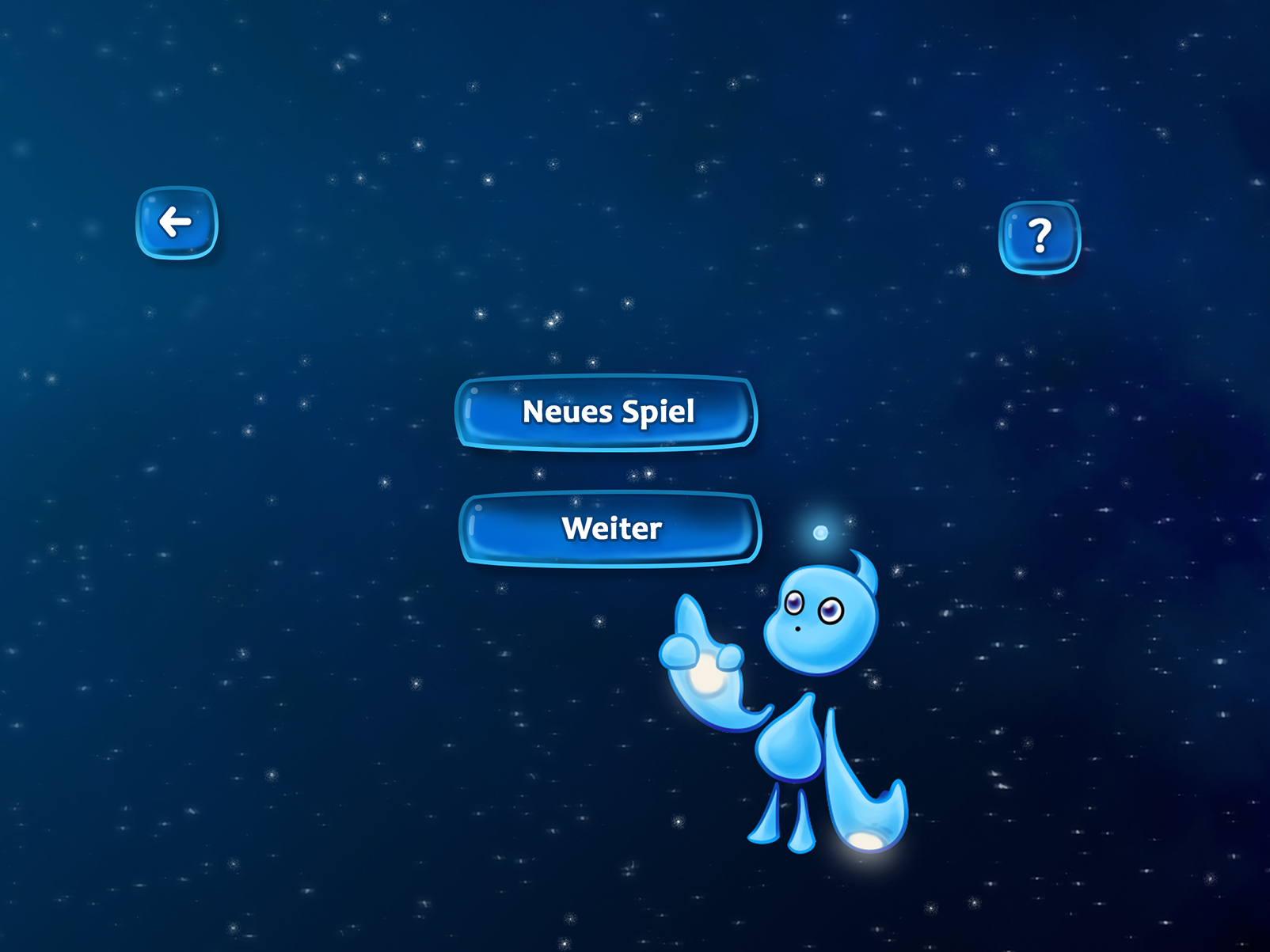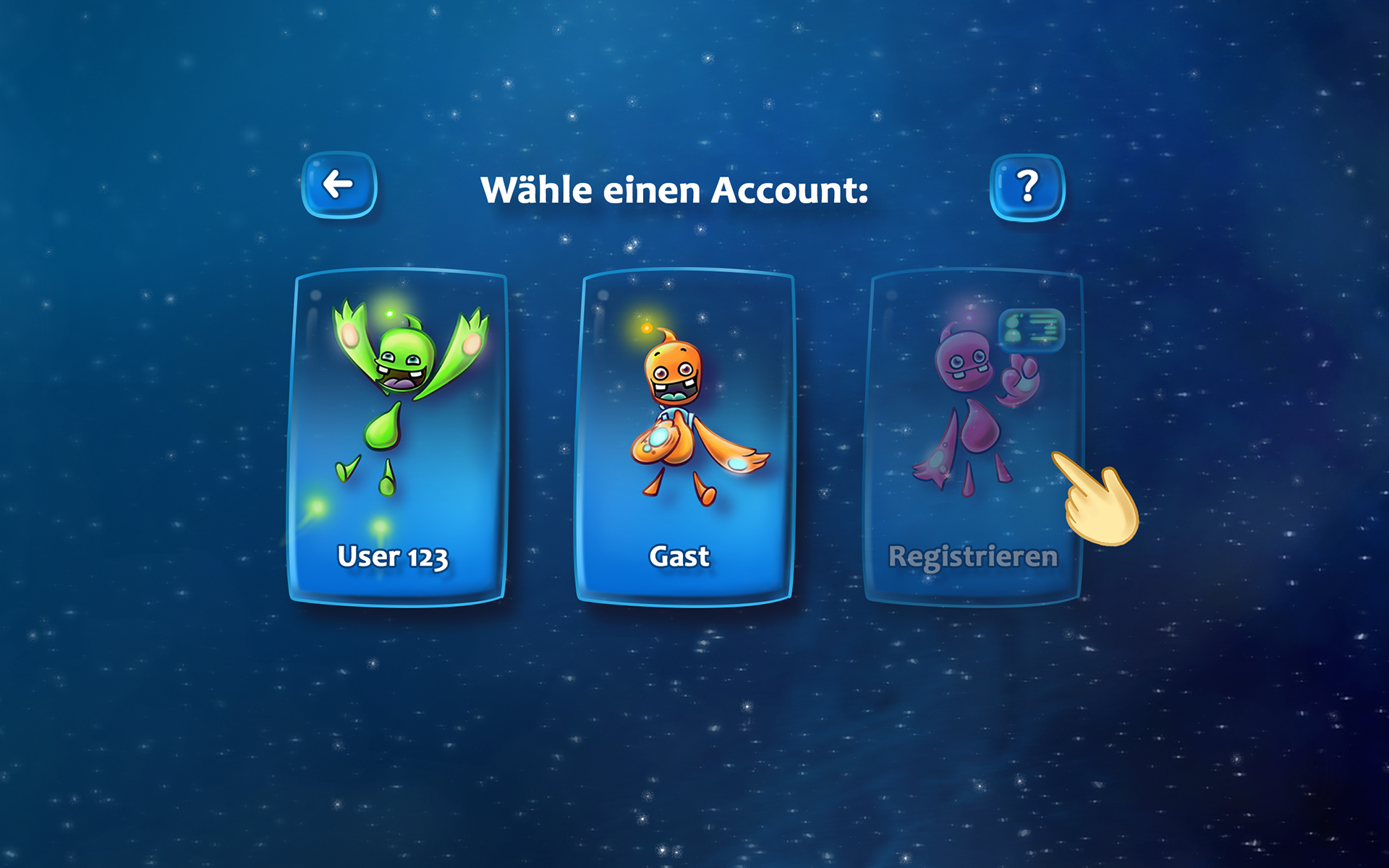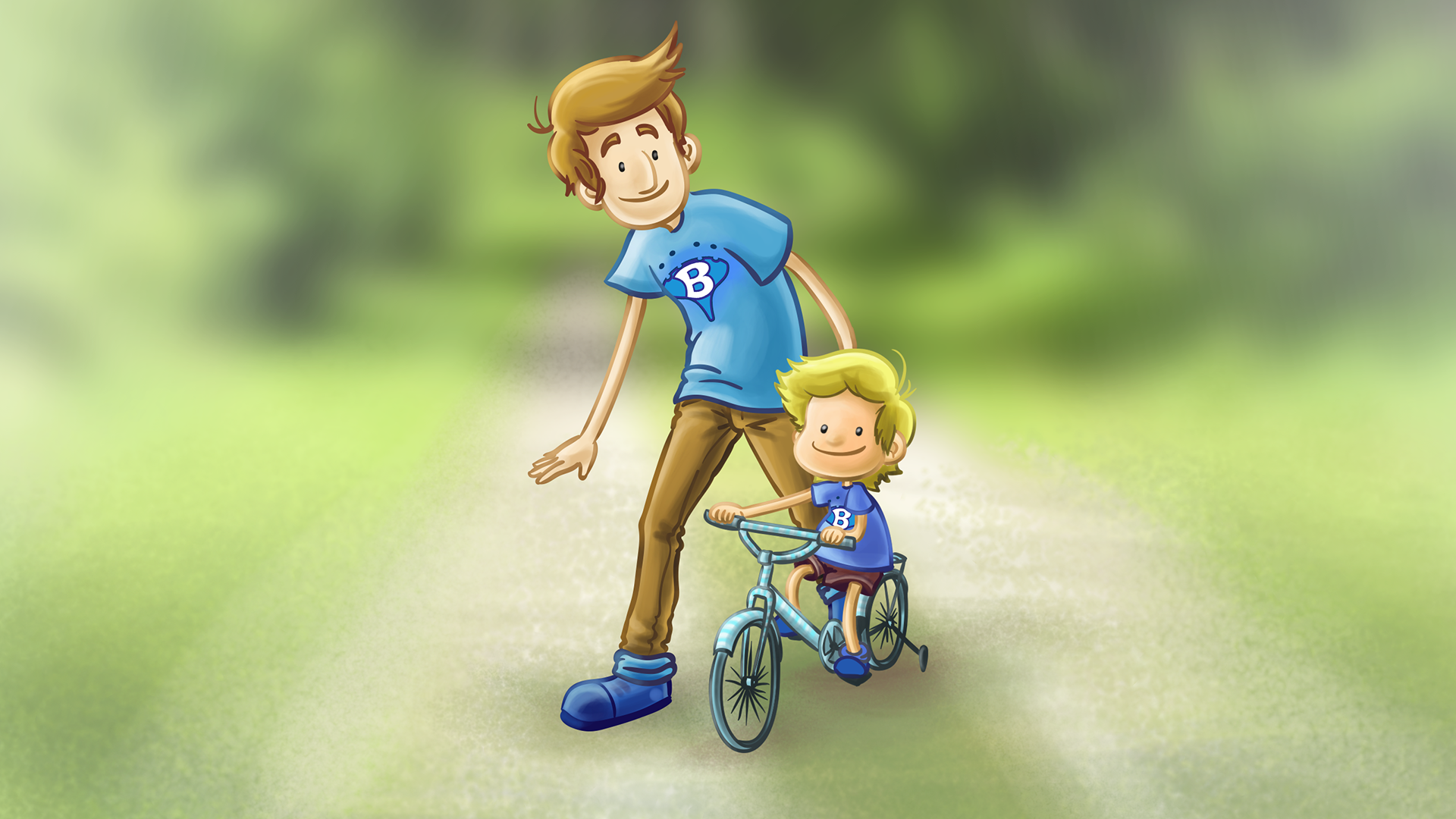I was employed as 2D artist at the company Brainhero GmbH for 5 years (2018-2023) and had the unique opportunity to help design a medically certified therapy app according to EU guidelines. The main target group were children in the autistic spectrum.
This is not a commercial app like many others, this app is controlled by an EEG!
... What does that mean?
Let me quickly explain: An EEG is a device that can measure brain waves with electrodes through skin contact on the head. So the therapy app Brainhero is actually controlled by brainwave activity only, that means without touching the screen.
*This page shows the design and concept art when I was employed at Brainhero GmbH and is not representing the current stage of the app.
Brainhero The Startup
First it was a startup with a small team of 5 people. (Me) One 2D artist, 3 developer and the CEO. So I was able to witness the emergence of a company.
The reason for it all is the CEO's daughter. She is in the autistic spectrum and we all experienced first hand the struggle and beauty of a family that gives everything for their child. Thank you for sharing your story.
Here a first draft of avatars I made for the team.
Because of this special circumstances, it quickly became apparent that each of us was going far beyond our actual area of expertise, which is always terrifying and at the same time very exciting.
Brainhero The Character
The main character of the app called Brainhero played an important role for communication between user and app. The figure should be an avatar with which the user can identify, but which at the same time does not have any exclusionary effect.
So: no specific skin color, no gender, no age.
Technical the character also played an important role as it was the main tool to show the user their neurofeedback.
First drafts:
On the first page there are references in which direction the character design should go. On the right side Brainhero makes it´s/his/her first steps in my sketch book. (We later pronounced him by the male gender. This happened without any particular intention.)
Mimic:
The face was also a bit of a challenge, as the target group perceived interpersonal communication such as mimicry and gestures differently.
Questions appeared like: Should I use eyebrows? Does this figure has facial hair at all?
Movement:
The hero is a creature that is (literally) able to fly by the brain activity of the user. The body is important, as it is the main tool used to show neurofeedback. In this concept design, it works like a small nuclear reactor and can concentrate energy wherever and however it is needed e.g. at hands or legs.
The User Interface
I imagined Brainhero as an explorer, a hero and I created this background story:
In the world of Brainhero everybody was used to fly by energy. Suddenly his people started to lose their ability and nobody knows why. Brainhero was sent out to find the cause somewhere in the universe and discover unknown worlds.
Brainhero can no longer fly either, but with the help of the user's brain activity, it is possible.
The ship was designed as environment for the user interface. The user enters the ship when starting the app to go on a discovery tour with Brainhero.

ideas ships

concept ship garden

ship inside

concept UI bridge
The bridge of the ship was designed as main menu of the app, as this is where the course is set.

UI set up EEG

UI log in

UI choose hero

UI new game

choose account
Brainhero's World
The level design was a challenge too as the target group was very sensitive to stimulation, among other things. This was also unknown territory. I tried out a lot of concepts till we figured out, that an interesting an fun world worked better than a clean and less stimulating background.

underwater design of second level

old concept of a clean and not stimulating background
Brainhero Characters

Brainhero adult

Brainhero adult

Brainhero therapist

Brainhero kid

Brainhero kid

Brainnhero grany


